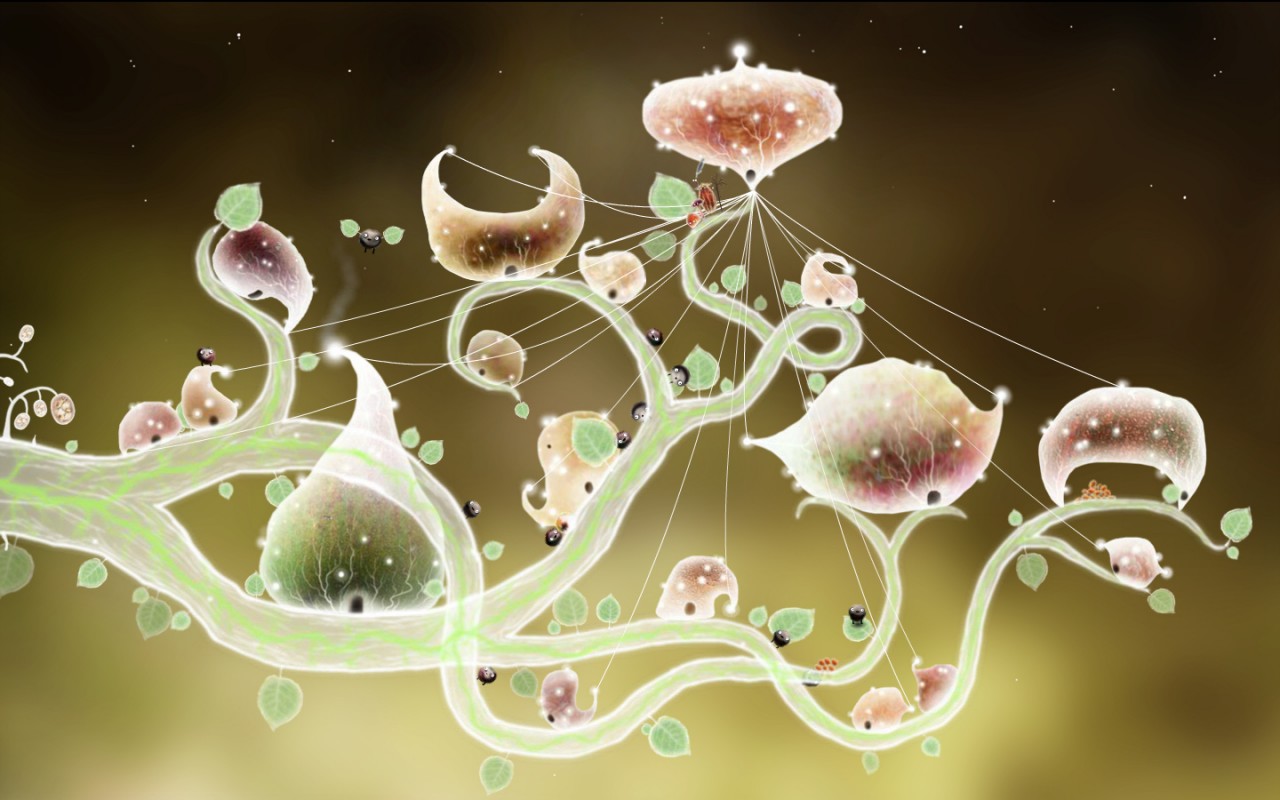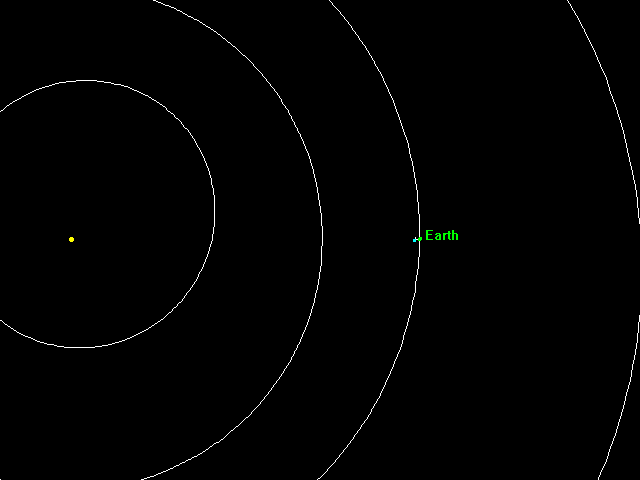

General health was good and no regular medications were taken. There was a 1 mm right ptosis with mild anisocoria, the right pupil being 1 mm smaller in normal room illumination. In dim lighting, the discrepancy in pupillary size increased to 3 mm. Pupil reactions to light and accommodation were considered normal. No other ocular or neurological abnormalities were detected. Phenylephrine 10% in both eyes appeared to improve the ptosis and caused more dilatation to the right pupil (7 mm compared to 4 mm on the left). A provisional diagnosis of a variant of right Horner’s syndrome was made.Ī chest X-ray and magnetic resonance imaging of the brain and orbits were both normal. Some weeks later, the patient captured a picture of the pupillary distortion showing a tadpole-shaped pupil. Tadpole pupil (also referred to as tadpole-shaped pupil) is a rare condition originally described by Thompson et al.
#BOTANICULA RESONANT TADPOLE SERIES#
The hallmark feature is that one segment of the iris is pulled to a peak, creating an irregular-shaped pupil, resembling the shape of a tadpole.Ĭapture similar photos by your smartphone !! Pathophysiology in a series of patients who experienced brief, intermittent episodes of pupil dilation. Tadpole pupilpathophysiologic mechanism is unknown. A few hypotheses have been reported, but none have been proven. One hypothesis is a segmental spasm of the iris dilator muscle (not the iris sphincter muscle) occurs. This is based on observations that pupillary light response remains intact. Several cases of tadpole pupils have been reported without an identifiable trigger, physical exercise and waking up from sleep have been reported, leading to the hypothesis that an increase of circulating catecholamines may play a role.

The association of tadpole pupil and Horner Syndrome allows for speculation that denervation hypersensitivity plays a role. There are no known risk factors for tadpole pupils. Episodes of tadpole pupils have been associated with migraine headache, menstruation, awakening from sleep, and exercise. Tadpole pupil is a clinical diagnosis based on history and the hallmark of episodic pupillary sphincter dilation. As mentioned above, the episodes are typically brief and are more often unilateral, but can be bilateral and can rarely occur simultaneously.ĭilute pilocarpine testing can be used in the office to rule out Adie’s pupil.

An exaggerated constriction post-pilocarpine would make the diagnosis of Adie’s, not tadpole pupil. On the contrary, the absence of the phenomenon along with the features listed above would support a diagnosis of the tadpole pupil.Ĥ2% of the patients in Thompson’s series had concurrent Horner’s syndrome. Apraclonidine testing can be performed to detect Horner’s syndrome. A normal pupil will constrict in response to Apraclonidine due to the alpha 2 agonistic properties. However, when Horner’s syndrome is present, the pupil will dilate due to the alpha 1 agonistic properties, leading to a reversal of the anisocoria. It is also important to obtain a thorough medical history and review of symptoms in order to detect any central, second-order neuron, or third-order neuron lesion. When appropriate, imaging of the brain and/or thorax should be obtained. The pupil will appear oval-shaped and tapered at the end most near the limbus. The tapered end can appear in any clock direction of the eye. Take a break … read about slit-lamp smartphone photographyĮpisodes of pupils are typically brief. In the series by Thompson et al, episodes lasted less than five minutes in 23 of 26 patients (88%) and less than 2 minutes in 18 of 26 patients (69%). Episodes often occurred throughout the day and lasted for days to weeks. Most cases resolved spontaneously, while some patients had occasional relapses.Įighteen of the 26 patients (69%) in Thompson’s series involved the same eye, while the other 8 patients (31%) had symptoms alternating between both eyes. Two patients in this series experienced pupillary changes of both eyes occurring simultaneously.

Bilateral involvement was also reported by Hansen and Vijayaraghavan.


 0 kommentar(er)
0 kommentar(er)
